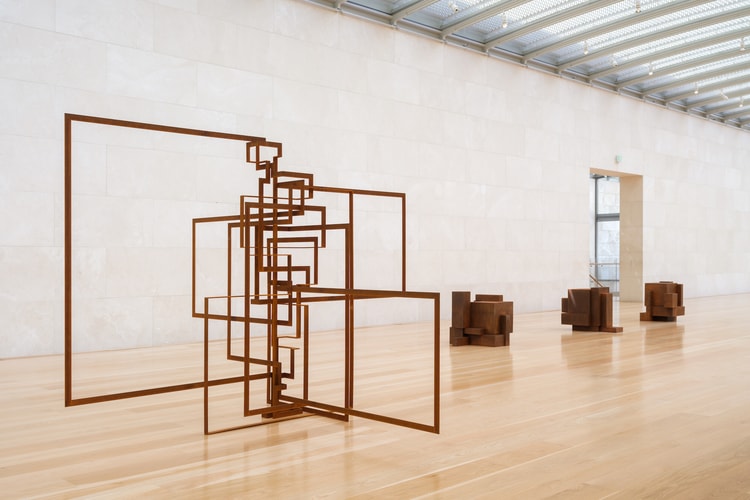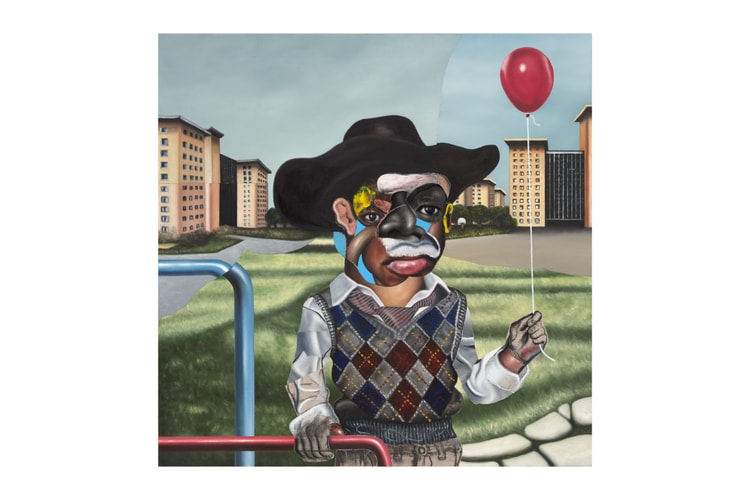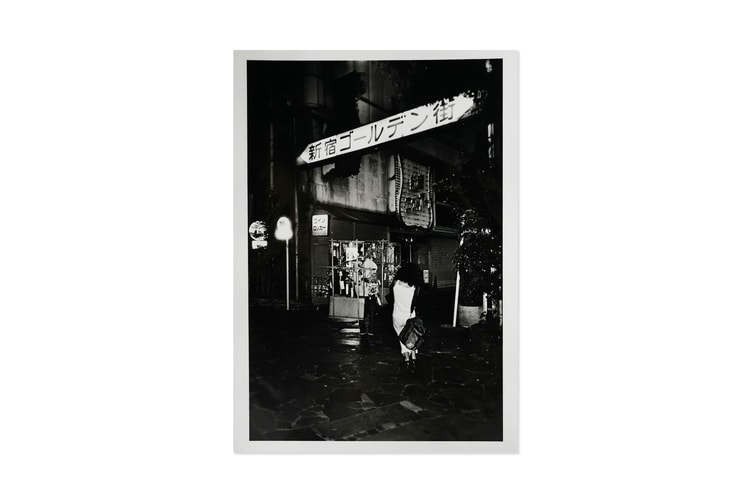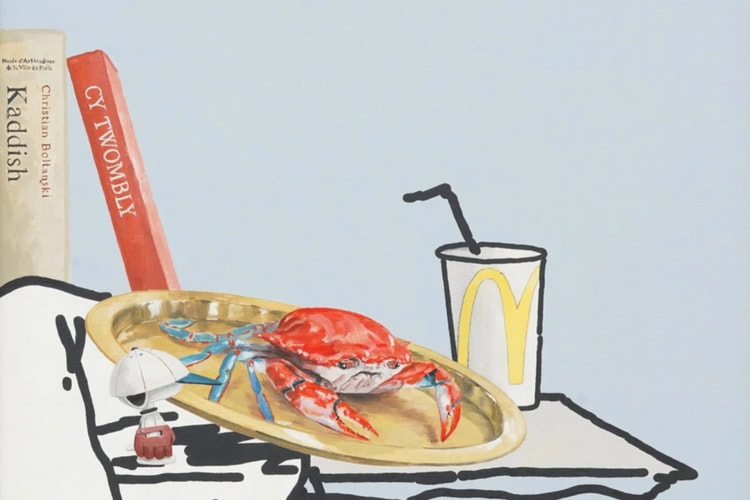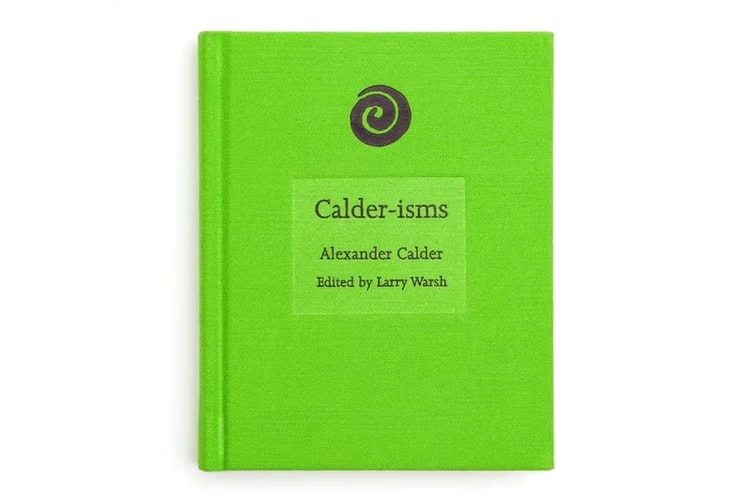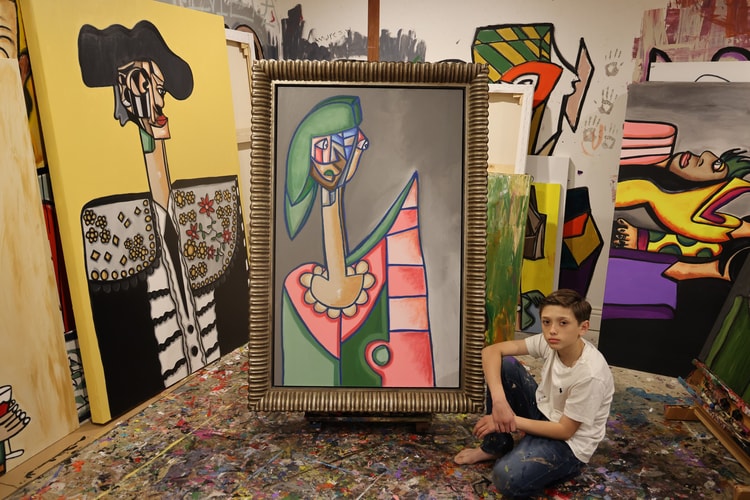Basquiat's Heads Take Center Stage in New Collector’s Volume
“The mind and its complexity, its frenetic activity, were a driving force in his art.”
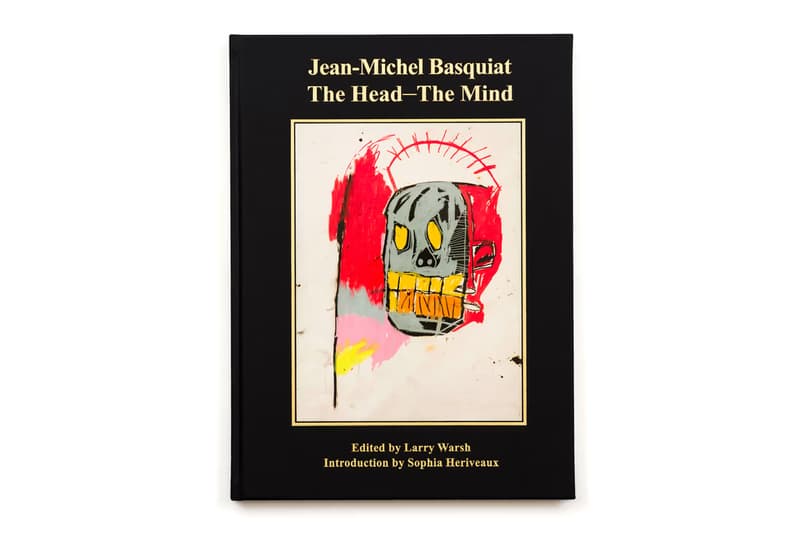
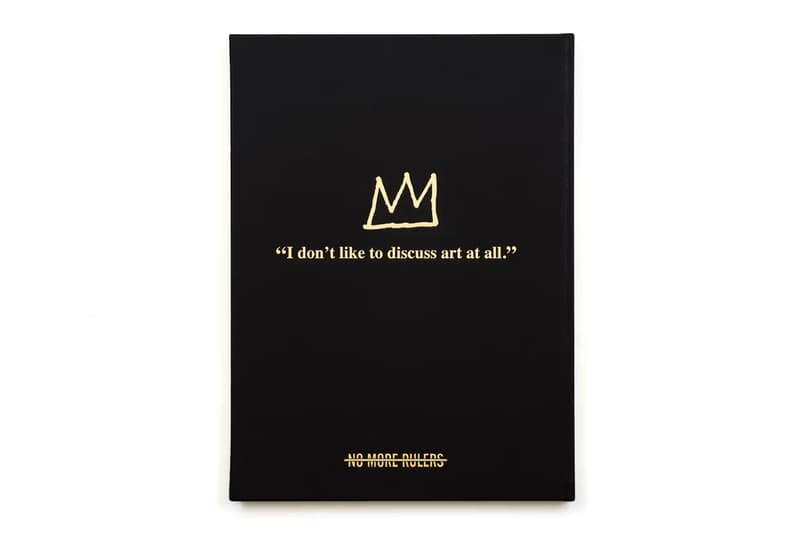
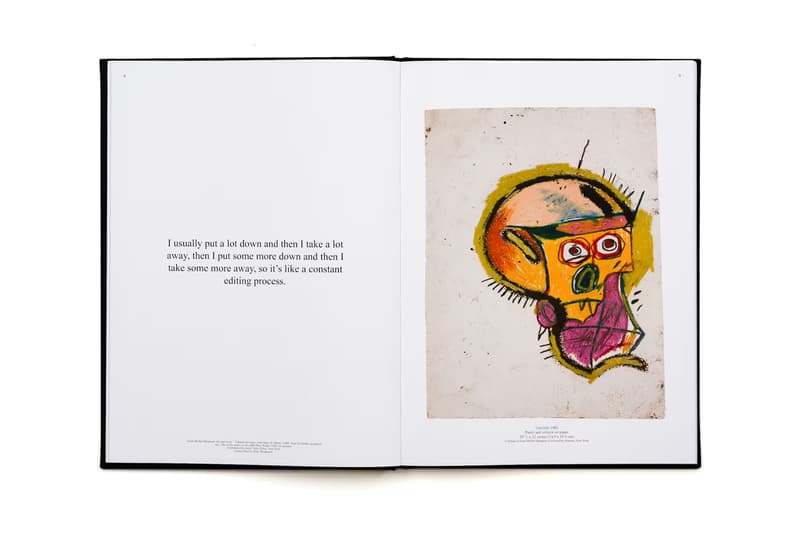
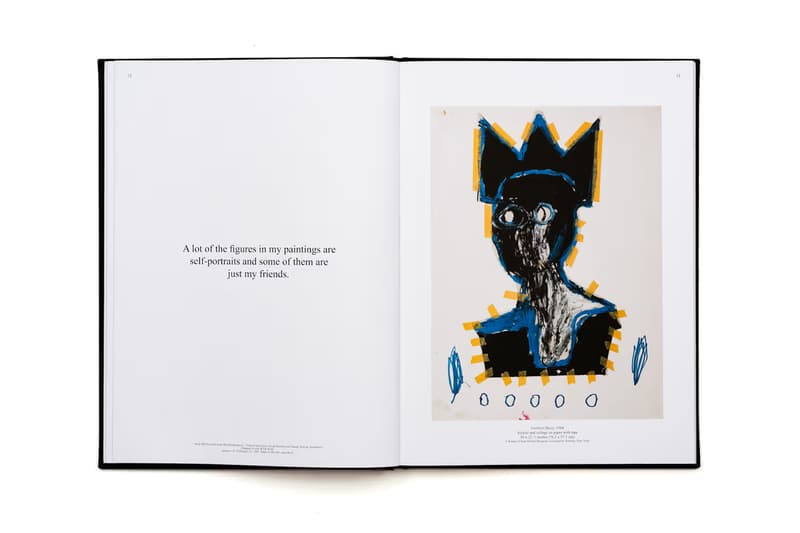
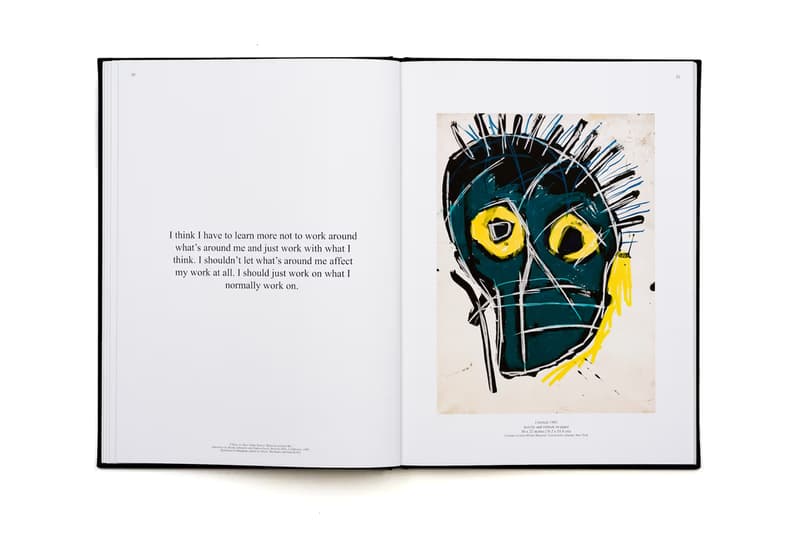

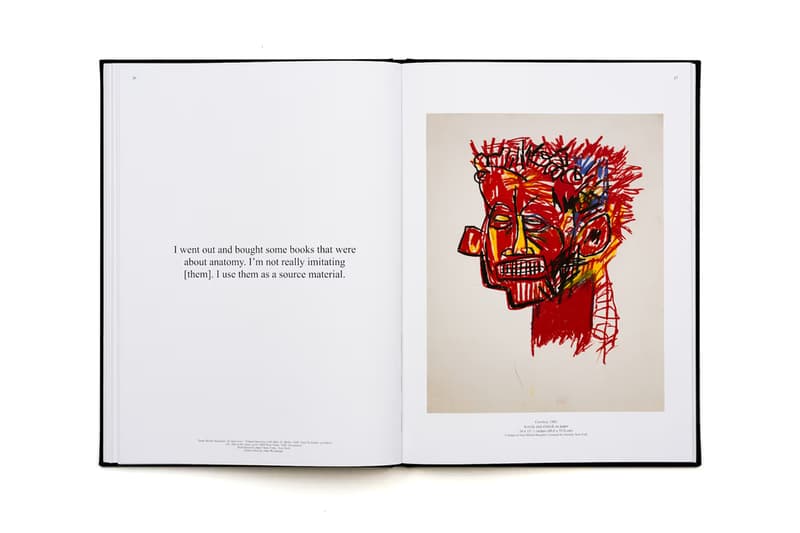
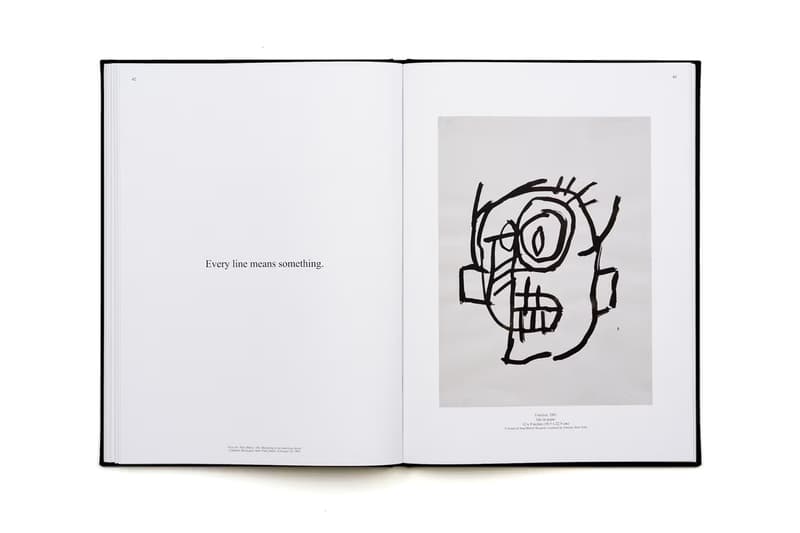
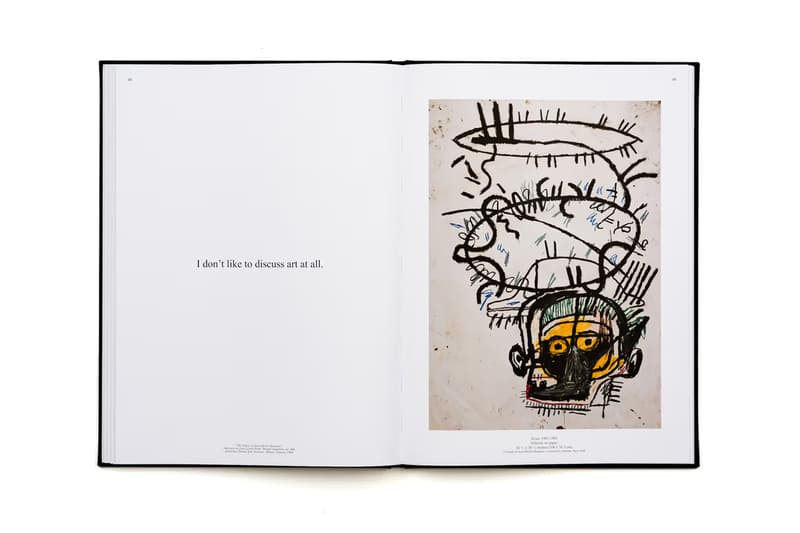
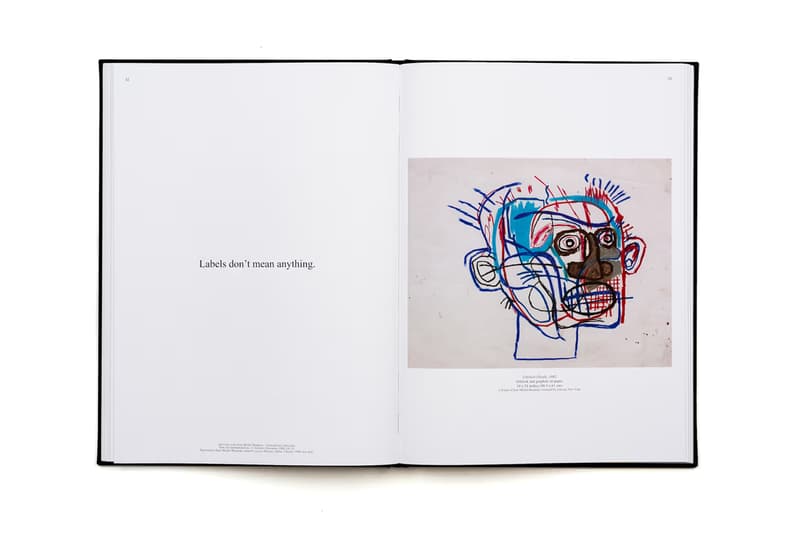
Summary
- A new book, ‘Jean-Michel Basquiat: The Head – The Mind,’ highlights the artist’s portraits of heads, with text by Sophia Heriveaux and a foreword by Larry Warsh
- Published by No More Rulers, the oversize edition features Basquiat’s quotes and a design meant as a collectible edition
Available on No More Rulers’ website for $49.95 USD, Jean-Michel Basquiat: The Head – The Mind is a new release that focuses on one of the artist’s most enduring subjects: the human head. Edited with a foreword by Larry Warsh and text by Sophia Heriveaux, the book sized at 11 x 15” offers a curated look at portraits that remain central to Basquiat’s legacy.
“As we dive into these heads created by Jean-Michel, let us remember that we are exploring a fellow human mind. Jean-Michel’s strengths are just as attainable to you and to me as they were to him,” stated Heriveaux in the introduction. “This recognition has a dual impact. On the one hand, it enables him to climb down from his pedestal, liberating him from the inaccessibility of his fashionable legend. On the other, it celebrates his achievement of distilling our world through his ‘new mind.’ It highlights the beauty of his lasting legacy and the signature he carved out for himself.”
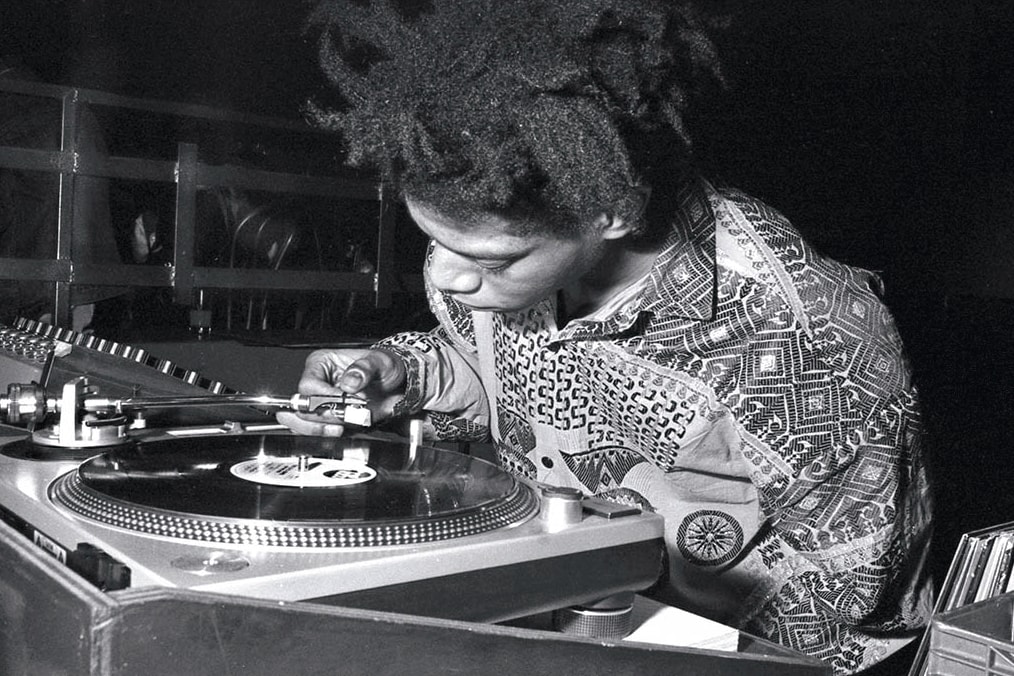
“The mind and its complexity, its frenetic activity, were a driving force in his art.”
Across the book’s 75 pages, you can view the works which range from skeletal outlines to crowned figures, each charged with raw color and sharp lines. Together they reflect Basquiat’s fascination with the head as a symbol of identity, thought, and emotion. Heriveaux, who is also the artist’s niece, provides an introduction that places the images in context while weaving in Basquiat’s own words from interviews and notes. The volume itself is designed to stand out. Bound in faux leather with black endpapers, a tipped-in cover image, and ribbon marker, it is meant to be both studied and displayed.
“For Jean-Michel, the mind and its energy were both an immense resource and an engrossing subject for his art. The ability to capture cognitive impulses and turn them into visual depictions of the inner self is at the crux of Jean-Michel’s creativity. The mind and its complexity, its frenetic activity, were a driving force in his art,” stated Warsh.





